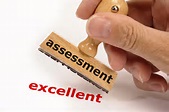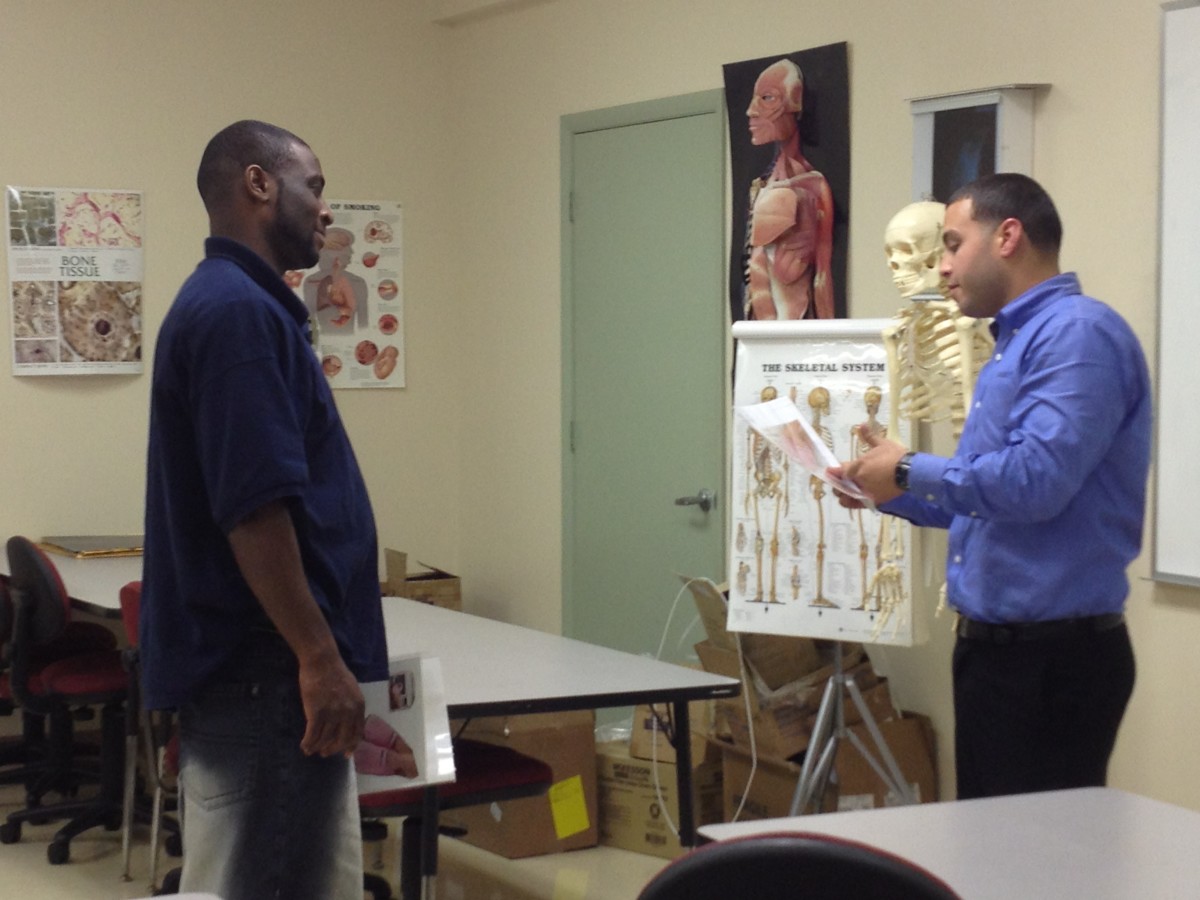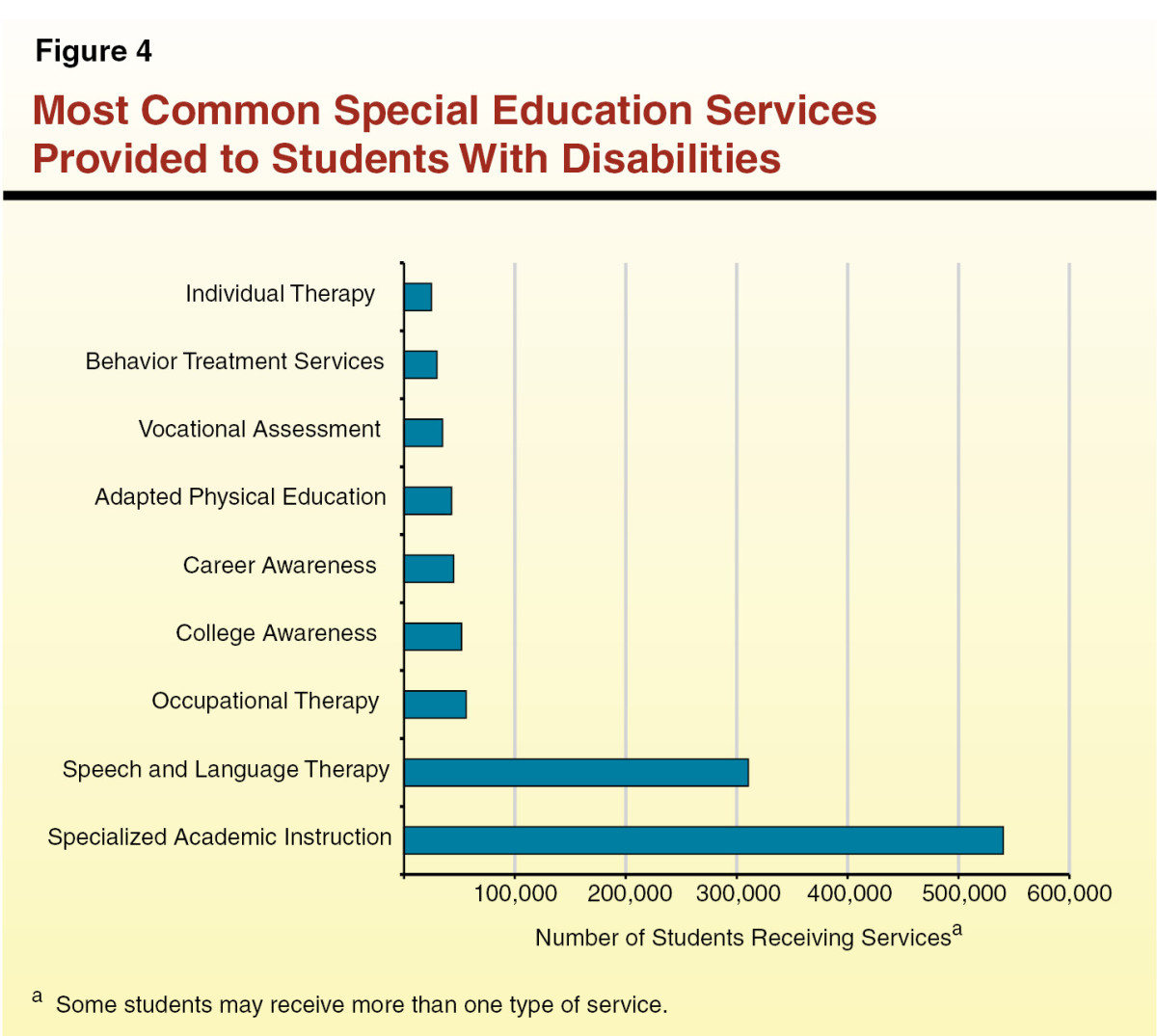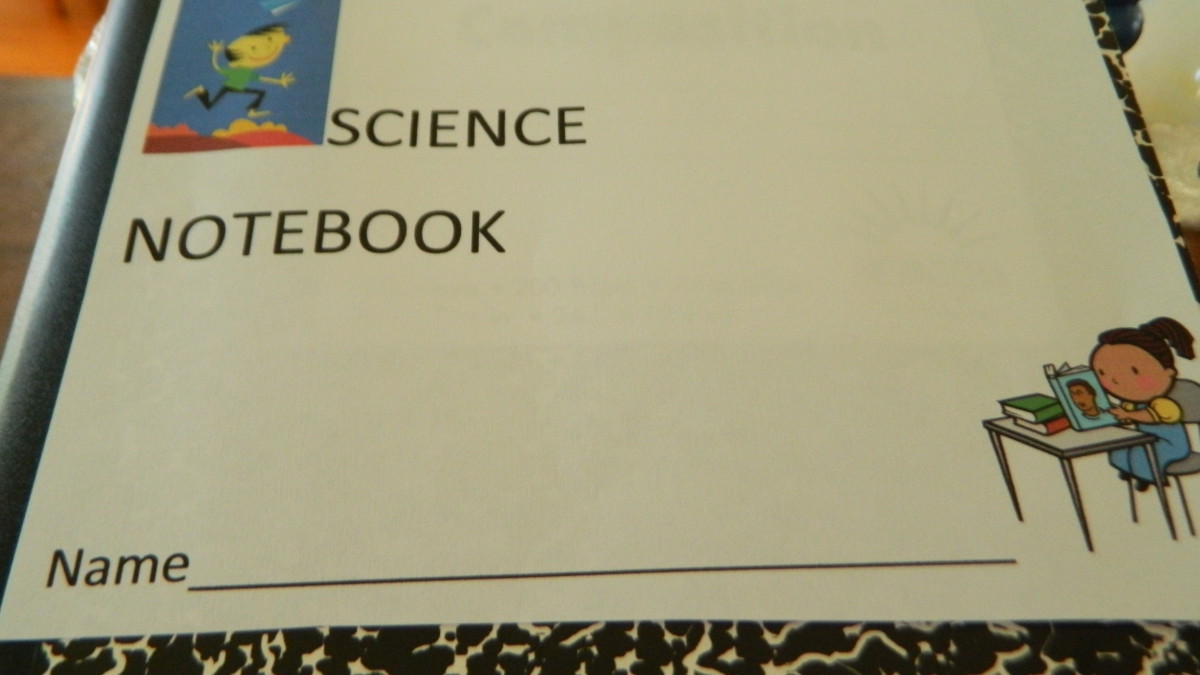Speaking Proficiency Assessment in ESL Teaching

Many educational institutions in Ecuador seem not to have the time to plan the right assessment for their students’ oral language production. They just consider their writing proficiency for placement tests and levels achievement.
Oral language assessment is not always efficiently managed due to limited feedback from students and teachers. The criterion applied to assess is completely vague and subjective. Consequently, there is little or no coherence between students proficiency levels .
It is a fact, that nowadays teachers prefer not to deal with extra work, so their collaboration is very poor. Besides, education managers do not want students to fail levels either, their interest is to avoid drop outs.
SCORING RUBRICS
Teachers’ subjective scoring to students speaking production could be elliminated by the use of scoring rubrics.
A starting point is to know the components of ESL speaking proficiency:
- Pronunciation
- Stress and Intonation
- Use of vocabulary
- Sentence structure
- Grammatical usage
- Fluency
- Responses to oral and graphic stimuli
- Volume and Tone of voice
- Kinesthetic expressions. [Prof. Paul R. Kuehn]
CHALLENGES
- Some main challenges that teachers face during assessment are: making time, selecting the assessment activities and determining the criteria to be used.
- We must also take on account the fact that listening and speaking are interdependent oral language processes and need to be taught and assessed in an integrated manner [Murphy 1991].
- The American Council of Teachers of Foreign Languages ACTFL agrees on considering different kinds of speaking activities and assessment as appropriate at different levels of proficiency. That means that beginning and intermediate levels will include tasks using predictable, familiar language and also visual cues, such as listening for the gist, matching description to pictures, making a physical response and inferring the meaning or implications of an oral text. On the other side, intermediate or advanced levels may use oral presentations or oral formal reports. More advanced levels could include summarizing , note-taking and use fewer visual cues.
- One of the most difficult problems during assessment relates to lack of authenticity, that is, the type of language used and the task to which it is applied. Most texts consist of inauthentic use of: complete sentences, intonation, enunciation, and formality. They make use of turn - taking and limited vocabulary [Porter and Roberts]. Class practice should definetely involve students to attempt listening to decipher language representing as it occurs in real world . All speaking activities then, should guide the student to use language for authentic purposes. Teachers must realise that authentic activities will provide purposeful exchange of information, not only the management of information that the speaker already knows.
SPEAKING: A COMMUNICATIVE AND ACADEMIC SKILL
One of the most important responsibilities of any teacher working with ESL learners is to enable students to communicate effectively through oral language. This is frequently achieved by implementing collaborative work among students that is pair and group activities.
- Speakers need to pronounce sounds in a clear way, they also need to understand the functions of language and follow the conventions of turn-taking.
- Speakers must learn how to select the right vocabulary that is connotations, level of formality, genre, etc.. Also, they must show they can use grammar structures to put clauses and sentences together, besides, the use of linking words and features of discurse is also a plus.
- Speakers should be able to manage paralinguistic devices such as non-verbal tools, body language, changes in volumen, etc.
- Speakers should also know when their language is related to social meaning: formal/informal, how polite or direct they may sound, how to start, manage, maintain and close conversations.
According to J. Michael O’Malley and Lorraine Valdez, Oral Language can be assessed for a communicative or academic purpose:
Communicative refers to conversational skills, face-to-face interaction, gestures, facial expressions and intonation. Meaning is negotiated and is always supported by contextual cues.
Academic is more context - reduced, meaning that little information is provided by the speaker, but based on lectures or textbooks. It is also more cognitevely – demanding for adding new information and new language items according to learners’ language level. Therefore, reaching Academic Language Proficiency implies the ability to make complex meanings explicit in oral language by means of language itself, not by gestures and intonation.
Communicative language functions include greetings, requesting and providing information, description of places and people, and expressing feelings. On the other side, academic language functions are critical for success in grade-level classsrooms [Cummins]. They include describing, explaining, informing, comparing, debating, persuading, evaluating, etc.
Porter and Roberts emphasize the fact that students must be assessed orally focusing on their ability to interpret and convey meaning for authentic purposes in interactive contexts, including fluency and accuracy. Reason why teachers should provide enough practice in class, as well as assessment tasks that are as authentic as possible. For example:
- Using authentic language in listening /speaking activities
- Setting real - world tasks: listening selectively, describing, giving directions, giving opinions, etc.
- Giving students opportunities to use language in every day life situations.
STEPS FOR ORAL LANGUAGE ASSESSMENT
The main steps for oral language assessment are: identifying purpose, planning for assessment and developing rubrics.
a. Identifying purpose
The three most common purposes are:
- For initial placement of students who need a language –based program (ESL)
- For moving from one level to another (beginners, intermediate or adavanced)
- For placing out of an ESL program to a grade-level classroom.
b. Planning for assessment
It requires identifying the instructional activities used so that there is a link between instruction and assessment. It is important to outline the major instructional goals and match them to learning activities or performance tasks.
Teachers must determine if the assessment will be individually, students pairs, or groups, the rubric to be used, etc.
The teacher has to decide if assessment will be recorded. It could be interesting to have evidence of students production to make some improvement after analysis. Underhill supports this idea, he believes that assessing different kinds of performances gives the teacher valuable feedback on students needs and allows him to focus instructional goals accordingly. Recording oral performance provides some options:
- Rating the performance at a later time
- Getting a second rater to rate the performance
- Asking students to do self-assessment
- Enabling the students to look back at their progress over time
Finally it is also important to decide when and how the teacher will provide learners with feedback. A good option is to provide students by ratings on a scoring rubric with comments that enable students to prepare for next evaluation.
c. Developing Rubrics
Setting criteria is the most challenging part of assessment. If we do not apply criteria or standards of performance, the process is only a set of instructional activities. Criterion can be established by focusing on goals and objectives of classroom instruction and Criterion levels of performance can be set on a scoring rubric, rating scale, or checklist.
After checking what the teacher wants or needs to assess, the rubric could include some features such as:
- Communicative effect
- Grammar
- Pronunciation
- Comprehensibility
For example, beginners should be rated for communicative effect being gramar less important in the scale. Rubrics in general should highlight what students can do rather than what they can not do.
Conclusions:
- Teachers must acknowledge the fact that assessment for oral activities must come from instructional activities.
- Assessment definetely requires of planning and experience.
- All assessment activities should be appropriate to students ages and levels of proficiency.
- Oral assessment should focus on both communicative and academic language functions.
- Authentic assessment of oral language should focus on students’ ability to interpret and convey meaning in interactive contexts that are as authentic as possible.
- Assessment should be done regularly and consistently.
- Self-assessment is an important part of learning.
- Results of oral assessment should be used as feedback in order to monitor teaching techniques improvement.
Sources:
- Book: How to teach Speaking, Scott Thornbury
- E-book: Authentic Assessment for English language learners, Michael O’Malley/ Lorraine Valdez
- British council webpage
- The American Council of Teachers of Foreign Languages ACTFL Webpage
- http://hubpages.com/@paulkuehn
- http://assessment4ell.pbworks.com/w/file/fetch/62466734/Chapter%204%20authentic%20assessment%20for%20ELL.pdf
- http://www.commstudies.txstate.edu
- http://www.commstudies.txstate.edu/programs/undergraduate-program/degree-programs/undergraduate-courses.html








